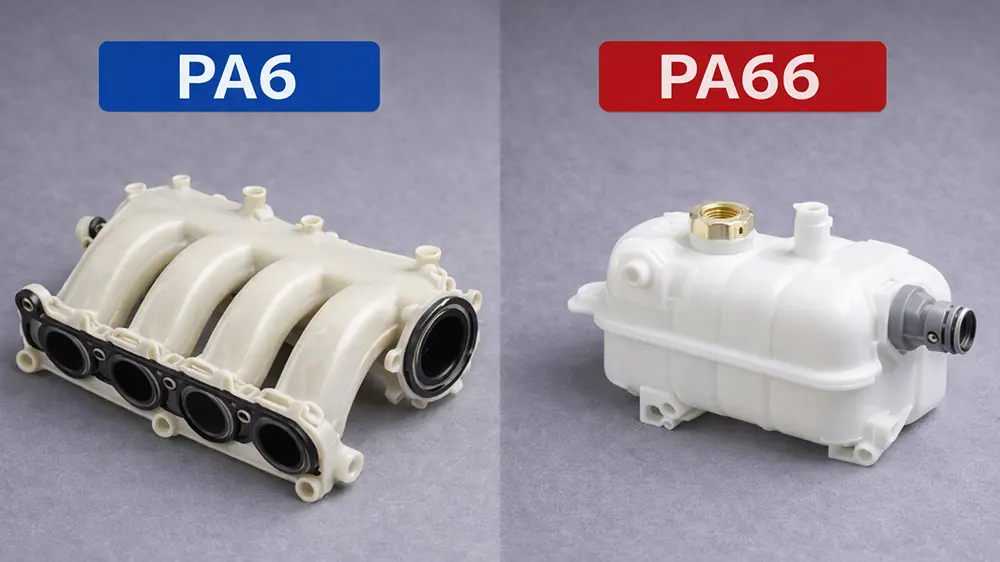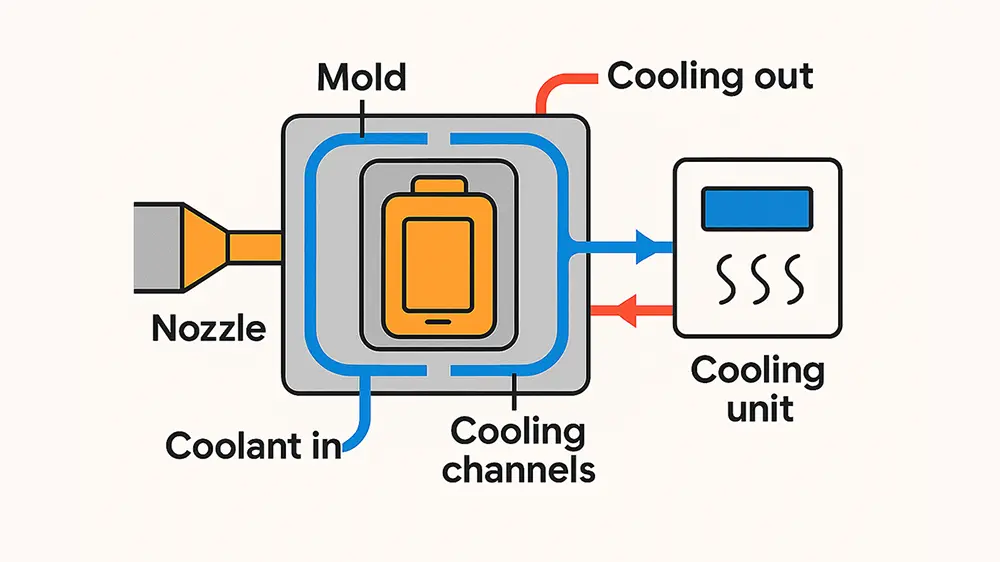Introduction
Plastic injection molding is one of the cornerstone processes in industries, facilitating the production of diverse parts and components. Renowned for its unmatched versatility and quality in comparison to other manufacturing methods, it remains a go-to choose for many manufacturers. However, a prevalent concern surrounding this technology revolves around its associated costs. This article aims to delve into the various factors influencing the cost of plastic injection molding and to outline techniques for mitigating overall expenses in the process.
Factors associated with injection molding cost
The cost of plastic injection molding is never fixed as it varies from process to process. Custom injection molding costs can vary from a few thousands to hundreds of thousands. Some of the factors that are associated with the injection molding cost are discussed below,
- Molding Tool Cost:
The molding tool is an expensive piece of equipment in this process. Though it is a one-time investment but is a critical one in determining the overall process’s cost. Molds are generally manufactured by CNC machining, Electrical Discharge Machining (EDM) and 3D printing. The CNC machining techniques are used for the manufacturing of steel and aluminum molds. In this process CNC material removing techniques are applied for the manufacturing of aluminum molds with high accuracy. EDM has scope for the manufacturing of complex parts with high accuracy. It involves, electrical discharge methods to melt and then form a metal workpiece with a very high accuracy. However, for a quick and fast process of manufacturing of molds 3D printing methods are used. In this process, most of the techniques don’t require skilled labor so mold cost is reduced significantly. Although it is very cost effective, 3D printed molds can experience shrinkage and can be limited to certain dimensions and sizes.
- Equipment Cost:
The cost of plastic injection molding is also determined by the type of equipment used. The equipment for this process varies from small to large machines with different functions and specifications. The type of equipment used in this process are Electric Injection molding machines, hydraulic injection molding machines and hybrid injection molding machines.
The initial budget for an electric injection molding machine can be high but it saves in terms of operation cost as it operates with less energy. An electric injection molding machine utilizes an electro servo motor mechanism and are accurate and ready to use. The hydraulic machines perform its function with a hydraulic pump. They are of lower cost and can provide consistent ejection and injection. However, their operation can be costly as it consumes a lot of energy to operate. The hybrid injection molding machine on other hand combines, the characteristics of both hydraulic and electric machines. It utilizes oil which is distributed by a servo motor and hydraulic pump to produce hydraulic pressure creating components in the machines. These machines produce repeatable operations, with high energy efficiency and precision as compared to its counterparts.
- Plastic Resins and Additive Costs:
In plastic injection molding machines, an extensive range of plastics resins are used such as PC, PE, PU and ABS etc. Their availability, price and properties are crucial in determining the overall cost of plastic injection molding. The final cost of plastic is determined by the type of design and amount used which generally increases up to several dollars per kg.
- Cost of injection molded parts:
The cost of the injection molded parts is determined by the complexity of the mold. It includes the cost associated with the design, size, and volume of the injection molding components. When a mold is prepared, an additional cost based on finishing process such as surface finishing, blasting, and polishing etc., often occurs as the part is not prepared.
- Labor cost:
An important cost of this process is the labor cost which includes the installation, maintenance, and operating costs in the plastic injection molding. The installation cost consists of the cost associated with each installation phase. The maintenance and operating costs are minor but can affect the overall cost of plastic injection molding process significantly.
Reducing the cost of plastic injection molding
Reduction in the overall cost of plastic injection molding is sought by the manufacturer. A simple trick is to increase the number of quantities of mold which reduces the mold cost significantly. There are other ways too to reduce the overall cost of this process,
- Design for Manufacturing (DFM) Analysis:
DFM is usually used by the manufacturers to bring the overall cost of the plastic injection molding down. In DFM the manufactured part is designed within the client’s budget, and it fulfills the required purpose. Using different scientific techniques an efficient design and process is determined with results in cost reduction.
- Parts with Less complexity and use of universal molds:
Another way to lower the cost of plastic injection molding is to simplify the overall design of the part. This would reduce the cost associated with the manufacture of complex mold and would save money by removing the extra features of the component. In such processes universal mold can also be used which can bring the cost of mold manufacturing down.
- Choice of Injection Molding materials and Insert Molds:
The choice of injection molding materials can also affect the cost of plastic injection molding. The use of ABS or polypropylene can minimize the production cost significantly. Another method to lower the cost is the use of insert injection molding as it doesn’t apply the treads on plastic to connect it to metal parts.
- Reducing the number of cavities in molds:
The number of cavities in mold is directly proportional to its cost. Therefore, to reduce the cost of the mold, manufacturers look for molds with minimum number of cavities. In this process, Moldflow analysis can be crucial as it proposes an optimized design for our part as it identifies the areas where the cavity can be removed.
- Use of Self Mating Parts:
The use of self-mating parts can also bring the overall cost of plastic injection molding down. It can save the injection molding cost by simplifying the design process. Self-Mating parts can be attached when turned 180 degrees so a single half mold can be used to create a whole part.
Conclusion
Injection molding, as one of the most prevalent processes in the manufacturing industry, often becomes a focal point for cost reduction efforts. With advancements in technology, manufacturers are increasingly optimizing the design process, thereby driving down overall costs.





